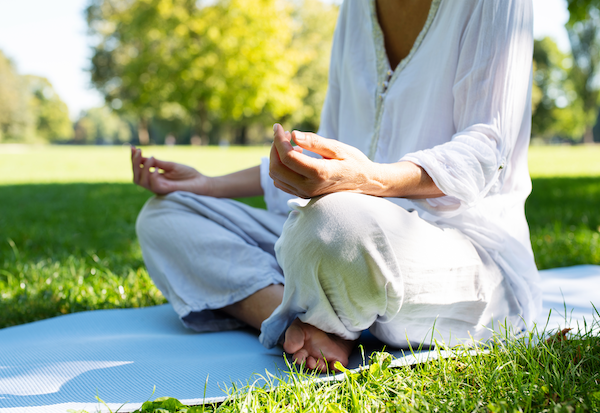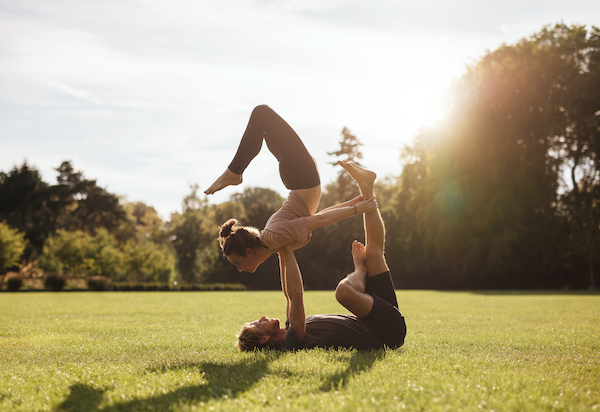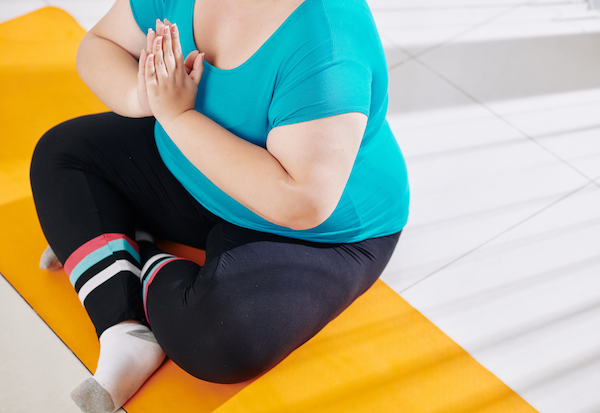
As a parent, you want to provide your child with the best opportunities to grow and thrive. One way to do this is through yoga. Yoga is a practice that has been around for thousands of years and has proven benefits for physical, mental, and emotional health at many levels and backgrounds. In this guide, we will explore the benefits of yoga for children and provide tips for introducing yoga to your child.
Table of Contents
Introduction to Yoga for Children
Yoga is a practice that originated in ancient India and has gained popularity around the world. It involves a series of postures, breathing exercises, and meditation techniques that promote physical, mental, and emotional well-being. Yoga for children is a modified version of this practice that is designed specifically for kids.
The classes are tailored to the unique needs and abilities of children. They often incorporate games, songs, and storytelling to make the practice fun and engaging for kids. The small ones can practice yoga can be practiced at home or in a studio setting.
Benefits of Yoga for Children
Physical Health
One of the primary benefits of yoga for children is improved physical health. Yoga poses help to build strength, flexibility, and balance. This can help prevent injuries and improve overall fitness. Additionally, yoga can help children develop better posture and body awareness.
Research has also shown that yoga can help children with certain medical conditions. For example, a study published in the Journal of Pediatric Oncology Nursing found that yoga can help improve the quality of life for children with cancer.
Mental Health
In addition to physical health, yoga has been shown to have numerous mental health benefits. Yoga can help reduce stress and anxiety in children. It teaches them mindfulness and helps them develop coping strategies for dealing with difficult emotions.
Yoga has also been shown to have a positive impact on cognitive functioning. Research published in the International Journal of Yoga Therapy found that yoga can improve attention, memory, and academic performance in children.
Emotional Health
Another benefit of yoga for children is improved emotional health. Yoga can help them develop a sense of calm and inner peace. It teaches them to connect with their emotions and develop empathy for others.
Yoga can also help children develop self-confidence and a positive self-image. A study published in the International Journal of Yoga found that yoga can help improve body image in children and adolescents.
How to Introduce Yoga to Children
Introducing yoga to your child can be a fun and rewarding experience. It’s important to start slowly and make the practice enjoyable for your child. Here are some tips for introducing yoga to your child:
- Start with simple poses: Begin with simple poses that your child can easily do, such as a downward dog or child’s pose.
- Make it fun: Incorporate games, songs, and storytelling to make the practice fun and engaging for your child.
- Be patient: Don’t expect your child to be able to do everything right away. It takes time to develop strength, flexibility, and balance.
- Practice together: Make it a family activity by practicing yoga together. This can help your child feel more comfortable and make the practice more enjoyable.
Best Practices for Practicing Yoga with Children
When practicing yoga with children, it’s important to follow some best practices to ensure their safety and enjoyment. Here are some tips for practicing yoga with them:
- Use props: Props such as blocks and blankets can help get into poses safely and comfortably.
- Keep it age-appropriate: Make sure the poses and sequences are appropriate for your child’s age and ability level.
- Encourage creativity: Allow your child to express themselves through practice by encouraging creativity and exploration.
- Focus on fun: Make the practice fun and enjoyable for your child.
Kid-Friendly Yoga Poses and Sequences
There are many kid-friendly yoga poses and sequences that you can practice with your child. Here are some examples:
Tree Pose
Stand on one leg and place the sole of your foot on the inside of your opposite thigh. Raise your arms overhead and hold for several breaths.
Butterfly pose
Sit on the floor with the soles of your feet together. Hold your feet and gently flap your legs like butterfly wings.
Cat-cow Pose
Get on your hands and knees and alternate between arching your back like a cat and arching your back like a cow.
Sun Salutation Pose
This is a sequence of poses that can be done as a warm-up or a full practice. It includes poses such as downward dog, plank, and cobra.
Classes and Programs
If you’re interested in enrolling your child in a yoga class or program, there are many options available. Yoga studios and community centers often offer children’s yoga classes. Additionally, there are many online programs and videos that you can use to practice yoga with your child at home.
When choosing a children’s yoga class or program, make sure to consider your child’s age and ability level. Look for classes that are tailored to children and incorporate fun and engaging activities.
Practicing at Home
Practicing yoga with your child at home can be a great way to bond and promote physical, mental, and emotional health. Here are some tips for practicing yoga with your child at home:
- Create a dedicated space: Set aside a designated space in your home for practicing yoga.
- Use props: Use props such as blocks and blankets to help your child get into poses safely and comfortably.
- Keep it fun: Incorporate games, songs, and storytelling to make the practice fun and engaging for your child.
- Be flexible: Be willing to modify the practice to suit your child’s needs and abilities.
Final Thoughts
In conclusion, yoga for children has numerous benefits for physical, mental, and emotional health. It’s a fun and engaging practice that can promote mindfulness, empathy, and self-confidence. By introducing yoga to your child, you’re providing them with a valuable tool for lifelong well-being.
If you’re interested in practicing yoga with your child, start slowly and make it fun. Use props, incorporate games and songs, and be patient. With practice, your child can develop strength, flexibility, and balance, as well as a sense of calm and inner peace.



